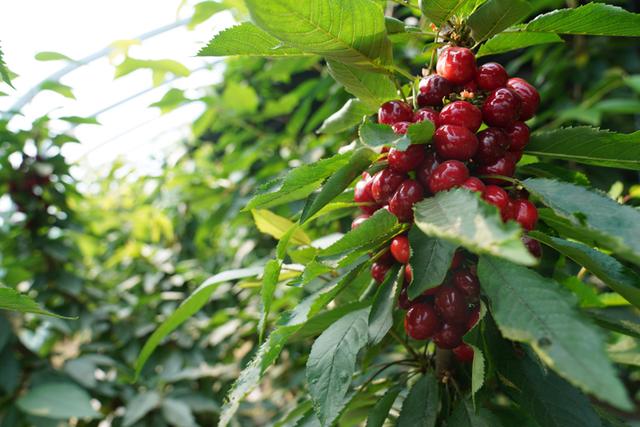
Cherry trees should be fertilized 3-4 times a year.
Post-harvest fertilization: This is primarily to restore tree vigor, promote flower bud differentiation, and increase next year's yield. Immediately after harvesting, apply manure, livestock manure, and an appropriate amount of fertilizer. Apply 30-60 kg of livestock manure per plant, depending on the number of fruits produced.
Fertilize before budding and flowering: Apply a topdressing fertilizer primarily based on fast-acting nitrogen fertilizer. Apply 15-20 kg of livestock manure or 0.5 kg of urea per plant.
Fertilize during rapid fruiting: After flowering, fruit development begins. For large, fruiting trees, apply a single topdressing of fast-acting chemical fertilizers, along with an appropriate amount of phosphorus and potassium fertilizers.
Apply basal fertilizer: Apply basal fertilizer in autumn, September-October (October-November in warmer southern regions), before leaf fall, to rejuvenate the tree and increase the plant's stored nutrients. Since cherries only take a little over 40 days to mature from flowering to fruiting, the amount of stored nutrients significantly influences fruit size and quality. Therefore, basal fertilizer application is crucial, accounting for 50-70% of annual fertilizer application. Organic fertilizers such as compost, yard manure, chicken manure, and well-rotted soybean cake should be used as the primary fertilizer, along with appropriate amounts of superphosphate or calcium-phosphate fertilizers.
In addition to the soil fertilization mentioned above, spraying the cherries with 0.5% urea, 600x potassium dihydrogen phosphate solution, or 0.3% borax solution twice every 10 days from the beginning of flowering to peak flowering can help increase fruit set.




